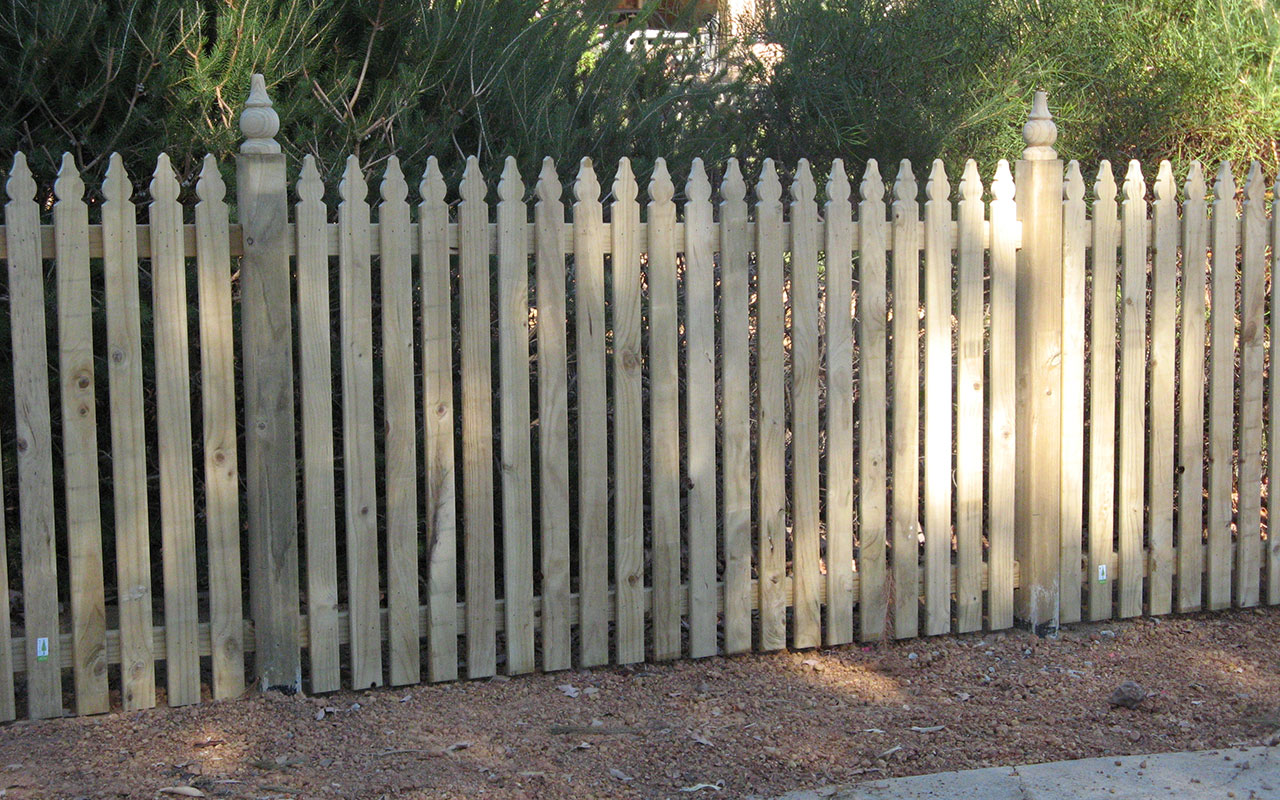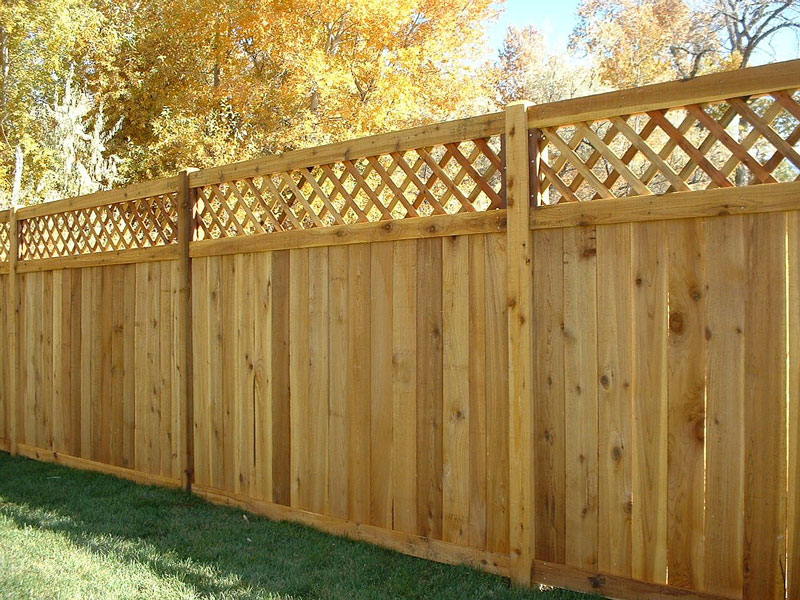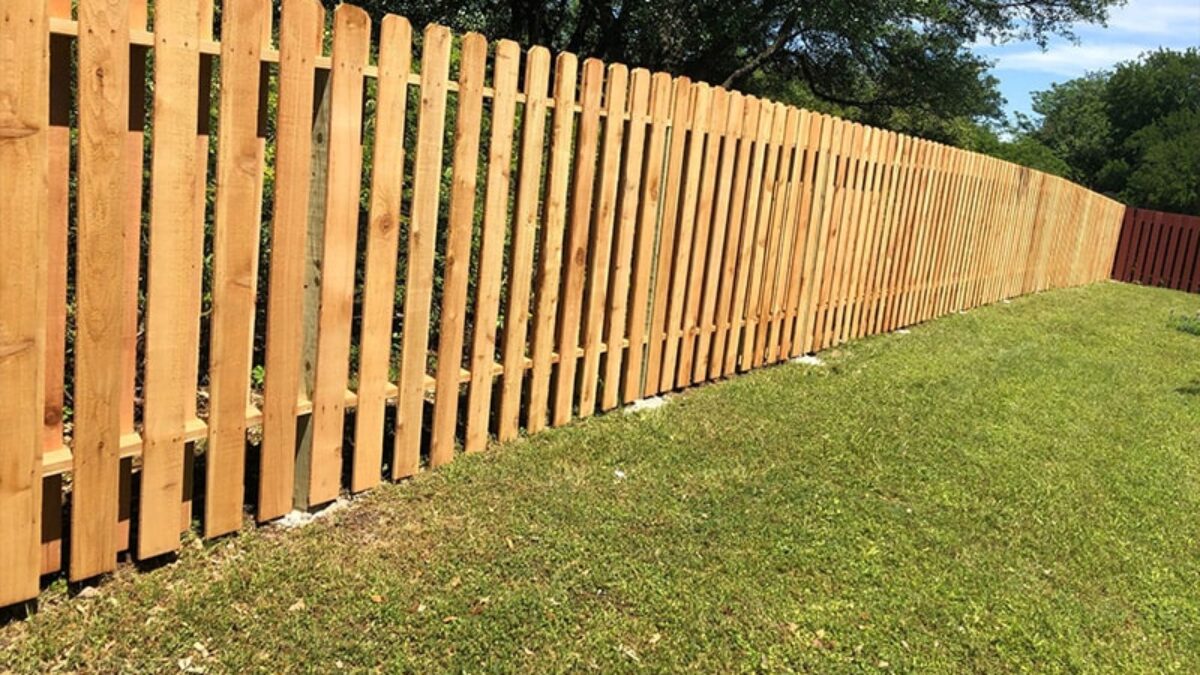Timber fences have long been beloved and widely used for their natural beauty, rustic charm, and the distinctive aroma of various types of wood. The warm tones and organic textures of wood create an inviting and aesthetically pleasing boundary, enhancing the overall charm and curb appeal of your home. Whether it’s a classic picket fence, a robust privacy fence, or an ornate decorative design, timber fences provide a wide range of options to suit individual tastes and needs. In essence, a timber fence not only adds elegance to your property but also serves as a crucial functional element of the home.
In today’s blog, let’s dive into the world of timber fences to explore how they can become a sophisticated extension, significantly boosting the appeal of your home.
The Natural Beauty of Timber

The natural beauty of timber is unmatched, making it a favored material for various applications, from interior decor to outdoor structures like fences. Timber’s organic textures and rich tones provide a warm and inviting aesthetic that complements any environment. Each type of timber, be it cedar, redwood, pine, or oak, has its own unique grain patterns and color variations, adding depth and character to any project. This inherent diversity means that no two pieces of timber are exactly alike, ensuring a unique and personalized look. The ability to stain or paint wood further enhances its versatility, allowing homeowners to match their wooden elements to their specific design preferences and color schemes.
The natural beauty of a timber fence is one of its most appealing features, making it a favored choice for homeowners seeking to enhance the aesthetic appeal of their property. Timber, with its organic textures and warm tones, effortlessly blends into various landscapes, adding a touch of nature to any setting. This distinctiveness adds character and charm, whether the fence is used to outline a garden, secure a yard, or provide a backdrop for flowering plants and shrubs.
Environmentally Friendly Materials
Wood is one of the most environmentally friendly materials widely used in various fields such as construction, interior design, and household goods production. One of the greatest advantages of timber is its renewability. When harvested from sustainably managed forests, wood becomes a renewable resource, helping to protect the environment and maintain ecological balance. These forests are often replanted after harvesting, ensuring that wood resources are not depleted and wildlife habitats are not adversely affected. The production and processing of timber also generate fewer greenhouse gas emissions compared to other building materials like concrete or steel. This helps to minimize negative impacts on climate change.
Wood does not contain harmful chemicals and creates a healthy living environment. Products made from wood often provide a warm, comfortable, and friendly feel for users. With all its outstanding environmental and health benefits, wood truly is an ideal material for sustainable and green projects.
Practical Benefits
A timber fence offers numerous practical benefits that make it an excellent choice for homeowners looking to enhance their property’s functionality and aesthetics. One of the most significant advantages is its durability. When properly treated and maintained, wood can withstand harsh weather conditions, including strong winds, heavy rain, and intense sunlight. Timber fences can last for many years with regular maintenance, such as staining or sealing, which protects the wood from rot, insects, and decay. Furthermore, if a section of the fence gets damaged, it can be relatively easy and cost-effective to repair or replace individual boards without needing to overhaul the entire fence.
Great Versatility
The versatility of timber fences makes them an exceptional choice for a wide range of applications, providing both functional and aesthetic benefits to any property. One of the key aspects of their versatility is the extensive variety of styles and designs available. Homeowners can choose from classic picket fences that exude charm and traditional appeal, modern horizontal slat designs that offer sleek lines and contemporary aesthetics, or solid panel fences that provide privacy and security. Additionally, decorative options like lattice-topped or custom-shaped fences can add unique architectural interest and character to the landscape.
Timber fences also offer remarkable adaptability in terms of customization. Wood is a material that can be easily cut, shaped, and modified to fit specific requirements, allowing for personalized designs that cater to individual tastes and property needs. This flexibility makes it possible to create bespoke fencing solutions that perfectly complement the architectural style of the home and the surrounding environment. Moreover, timber can be stained, painted, or left to weather naturally, providing an array of color options and finishes to match or contrast with existing structures.
Best Color for Timber Fences

- Natural Wood Stain: A natural wood stain is one of the best color options for timber fences as it enhances the wood’s inherent beauty while providing protection against the elements. Stains come in a variety of shades, from light honey tones to deep mahogany hues, allowing homeowners to highlight the unique grain patterns and textures of the wood. A natural wood stain not only preserves the organic look of the timber but also complements a wide range of landscape designs and architectural styles.
- White: White is a timeless and classic color for timber fences, evoking a clean, crisp, and fresh aesthetic. This color is particularly popular for picket fences, giving a charming and inviting look to front yards and gardens. A white timber fence can create a striking contrast against green lawns and colorful flower beds, enhancing the overall visual appeal of the property. Additionally, white reflects light, making the space appear larger and more open. It is an ideal choice for homeowners seeking a bright and cheerful fence that stands out while maintaining a sense of elegance and simplicity.
- Dark Grey or Black: Dark grey or black timber fences are becoming increasingly popular for their modern and sophisticated look. These colors provide a dramatic backdrop that can make plants and garden features pop, adding depth and contrast to outdoor spaces. A dark-colored fence can create a bold statement, complementing contemporary architectural designs and urban landscapes.
Popular Design Options for Timber Fences
Picket Fence

A classic choice, the picket fence is characterized by evenly spaced vertical boards attached to horizontal rails. Picket fences are often painted white, evoking a traditional, charming aesthetic that is synonymous with suburban living. This design is ideal for front yards and gardens, providing a decorative boundary without obstructing views.
Horizontal Slat Fence
Modern and stylish, the horizontal slat timber fence features timber boards arranged horizontally with slight gaps between them. This design offers a sleek and contemporary look, making it perfect for modern homes. Horizontal slat fences provide privacy while allowing for airflow and glimpses of the surroundings, creating a sense of openness.
Solid Panel Fence: For those seeking maximum privacy and security, the solid panel fence is an excellent choice. Constructed with closely placed vertical or horizontal boards, this design completely blocks visibility and creates a sturdy barrier. Solid panel fences are ideal for backyards and areas where privacy is a priority, and this timber fence can be customized with various heights and finishes.
Lattice-Topped Fence

Combining functionality with decorative appeal, the lattice-topped fence features a solid lower section topped with a lattice design. The lattice adds an elegant touch and allows for some visibility and light passage while maintaining privacy. This timber fence is perfect for supporting climbing plants, adding greenery, and enhancing the overall aesthetic of the fence.
Post and Rail Fence

Simple and rustic, the post and rail fence consists of horizontal rails connected to vertical posts. This design is commonly used in rural and agricultural settings, providing a functional boundary for large properties. Its open structure makes it suitable for marking property lines without obstructing views, and it blends well with natural landscapes.
Shadow Box Fence

Also known as a “good neighbor” fence, the shadow box fence features alternating vertical boards on both sides of the fence rails. This timber fence design provides a visually appealing look from both sides and allows airflow while maintaining privacy. It’s a great option for shared boundaries between properties, ensuring a pleasant appearance for both neighbors.
Conclusion
Exploring the beauty and design options of timber fences reveals their incredible versatility and timeless appeal. Whether opting for a classic picket fence, a modern horizontal slat design, or a decorative lattice-topped structure, timber fences offer a variety of styles to suit any aesthetic preference. Their natural charm, combined with practical benefits such as durability and eco-friendliness, makes them an excellent choice for enhancing any property. Additionally, the ability to customize with different stains and paints further adds to their appeal, allowing homeowners to create a unique look that complements their home and landscape.





